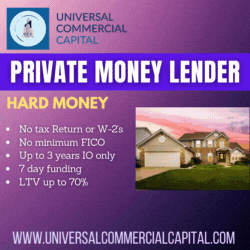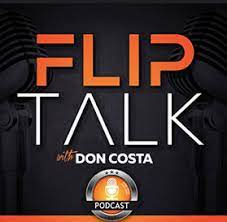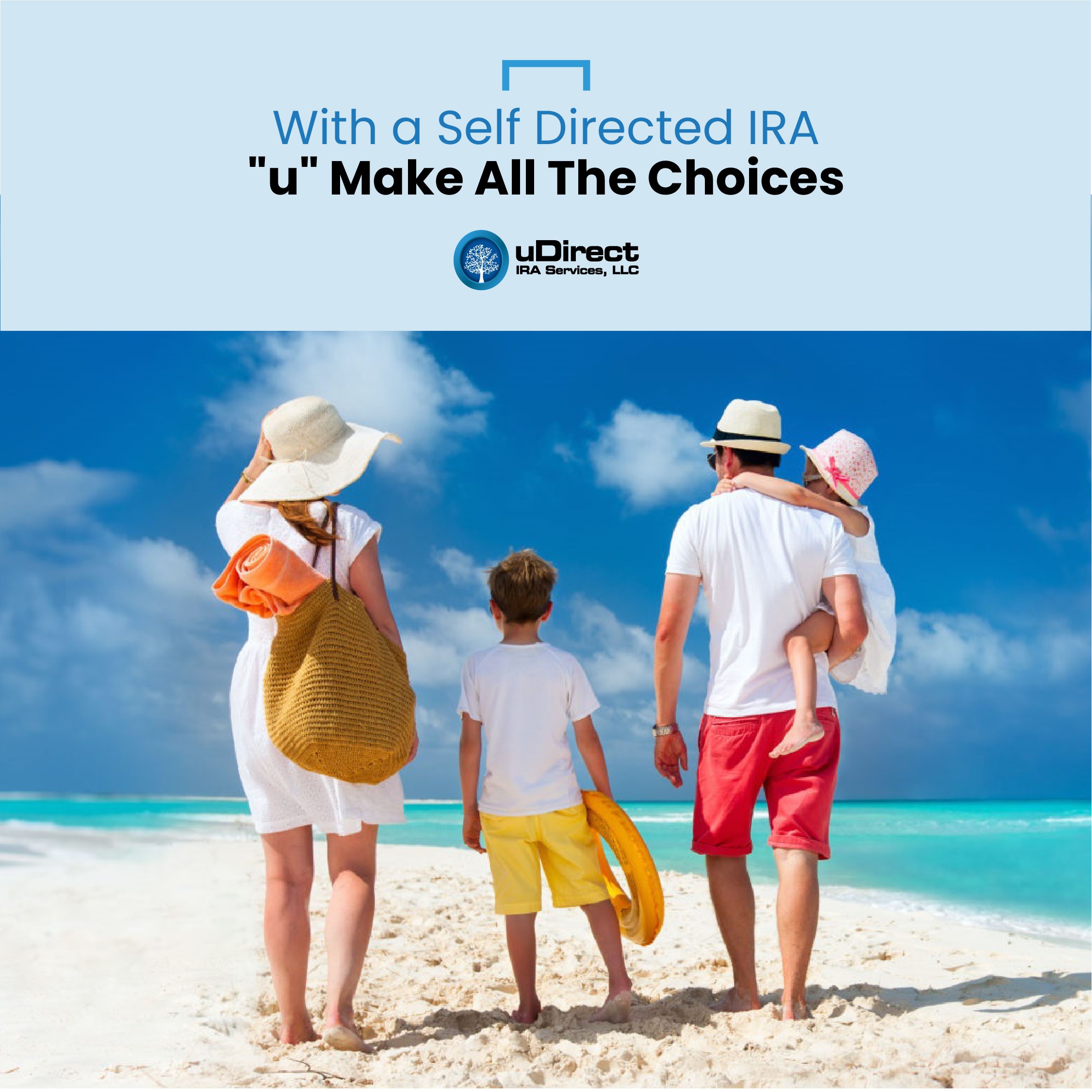|
Check out our new audio content!
Getting your Trinity Audio player ready...
|
Image from Pexels
By Zach Wichter
Special Submission from Bankrate.com
What is cash-out refinancing?
Cash-out refinancing replaces your current home loan with a bigger mortgage, allowing you to take advantage of the equity you’ve built up in your home and access the difference between the two mortgages (your current one and the new one) in cash. The cash can go toward virtually any purpose, such as home remodeling, consolidating high-interest debt or other financial goals.
How a cash-out refinance works
The process for a cash-out refinance is similar to a rate-and-term refinance of a mortgage, in which you simply replace your existing loan with a new one for the same amount, usually at a lower interest rate or for a shorter loan term, or both. In a cash-out refinance, you can do the same, and also withdraw a portion of your home’s equity in a lump sum.
“Cash-out refinancing is beneficial if you can reduce the interest rate on your primary mortgage and make good use of the funds you take out,” says Greg McBride, CFA, Bankrate chief financial analyst.
For example, say the remaining balance on your current mortgage is $100,000 and your home is currently worth $300,000. In this case, you have $200,000 in home equity. Let’s assume that refinancing your current mortgage means you can get a lower interest rate, and you’ll use the cash to renovate your kitchen and bathrooms.
Since lenders generally require you to maintain at least 20 percent equity in your home (though there are exceptions) after a cash-out refinance, you’ll need to have at least $60,000 in home equity, or be able to borrow up to $140,000 in cash. You’ll also need to pay for closing costs like the appraisal fee, so the final amount could be less.
You tend to pay more in interest after completing a cash-out refinance because you’re increasing the loan amount, and like other loans, you’ll have to pay for closing costs. Otherwise, the steps to do this kind of refinance should be similar to when you first got your mortgage: Submit an application after selecting a lender, provide necessary documentation and wait for an approval, then wait out the closing.
How to prepare for a cash-out refinance
Here’s how you might prepare for a cash-out refinance:
1. Determine the lender’s minimum requirements
Mortgage lenders have different qualifying requirements for cash-out refinancing, and most have a minimum credit score — the higher, the better. The other typical requirements include a debt-to-income ratio below a certain percentage and at least 20 percent equity in your home. As you explore your options, take note of the requirements.

Image from Pexels
2. Calculate the exact amount you need
If you’re considering a cash-out refinance, you’re likely in need of funds for a specific purpose. If you aren’t sure what that is, it can be helpful to nail that down so you borrow only as much as you need. For instance, if you plan to use the cash to consolidate debt, then gather your personal loan and credit card statements or information about other debt obligations, and add up what you owe. If the cash is to be used for renovations, consult with a few contractors to get estimates for both labor and materials ahead of time.
3. Have your information ready when you apply
Once you’ve shopped around for a few lenders to ensure you get the best rate and terms, prepare all of your financial information related to your income, assets and debt for the application. Keep in mind you might need to submit additional documentation as the lender evaluates your application.
What’s the point of a cash-out refinance?
Considerations before cash-out refinancing
- You can’t tap 100 percent of your equity: Most lenders require you to maintain at least 20 percent equity in your home in a cash-out refinance. One exception is a VA cash-out refinance, which allows you to withdraw all of your equity.
- You could end up with a very different loan: Since you’re replacing your existing mortgage with a new loan, the terms of the loan could change. For instance, you might have a higher or lower interest rate (and monthly payments), or a longer or shorter loan term.
- You’ll need to have your home appraised: Lenders typically require an appraisal for conventional cash-out refinances, since the amount you can borrow depends on how much equity you have.
- You’ll pay closing costs: Like with your first mortgage, cash-out refinances come with closing costs, which cover lender fees, the appraisal and other expenses. It’s important to consider what a cash-out refinance could cost you because the fees might not be worth it, especially if you’re not borrowing a large amount.
- The cash won’t land in your bank account right away: Lenders are required to give you three days after closing to back out of the refinance if you want to. For this reason, you’ll need to wait a few days before you receive the funds.
How much money can I get from a cash-out refinance?

Image from Pexels
While lenders typically allow homeowners to borrow up to 80 percent of the home’s value, the threshold can vary depending on your credit score and type of mortgage, as well as the type of property attached to the loan (for example, a single-family, duplex or three- or four-unit property). Lenders who offer loans insured by the Federal Housing Administration, or FHA, sometimes offer an FHA cash-out refinance that allows you to borrow as much as 85 percent of the value of your home. As noted, cash-out refinance loans guaranteed by the U.S. Department of Veterans Affairs (VA) are available for up to 100 percent of the home’s value.
What are the fees for a cash-out refinance?
Expect to pay about 3 to 5 percent of the new loan amount for closing costs to do a cash-out refinance. These closing costs can include lender origination fees and an appraisal fee to assess the home’s current value. Shop around with multiple lenders to ensure you’re getting the most competitive rates and terms.
You might be able to roll the loan costs into your new mortgage to avoid upfront closing costs, but you’ll likely pay a higher interest rate. Plus, taking out another 30-year loan or refinancing at a higher interest rate might mean you pay more in total interest. Crunch the numbers with Bankrate’s refinance calculator to gauge whether the math works in your favor.
Pros and cons of cash-out refinance
Before you decide to go through with a cash out refinance, it’s important to consider the pros and cons of cash out refinancing.
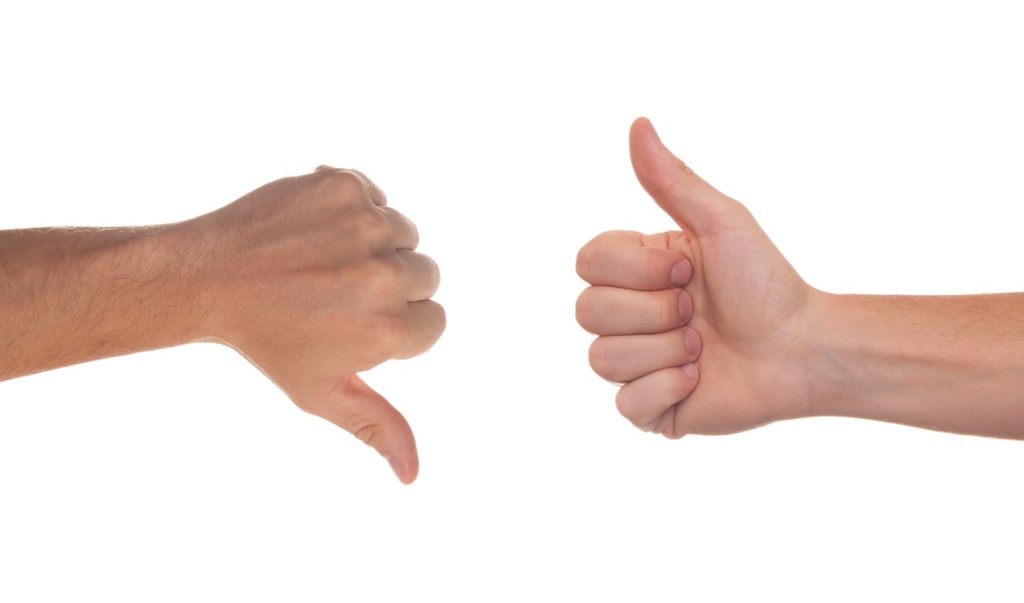
Image from Pixabay
Some of the advantages include:
- You can lower your rate: This is the most common reason most borrowers refinance, and it makes sense for cash-out refinancing as well because you want to pay as little interest as possible when taking on a larger loan.
- Your cost to borrow could be lower: Cash-out refinancing is often a less expensive form of financing because mortgage refinance rates are typically lower than rates on personal loans (like a home improvement loan) or credit cards. Even with closing costs, this can be especially advantageous when you need a significant amount of money.
- You can improve your credit: If you do a cash-out refinance and use the funds to pay off debt, you could see a boost to your credit score if your credit utilization ratio drops. Credit utilization, or how much you’re borrowing compared to what’s available to you, is a critical factor in your score.
- You can take advantage of tax deductions: If you plan to use the funds for home improvements and the project meets IRS eligibility requirements, you could take advantage of the interest deduction at tax time.
Some of the drawbacks of cash out refinances are
- Your rate might go up: A general rule of thumb is to refinance to improve your financial situation and get a lower rate. If cash-out refinancing increases your rate, it’s probably not a smart move.
- You might need to pay PMI: Some lenders let you withdraw up to 90 percent of your home’s equity, but doing so might mean paying for private mortgage insurance, or PMI, until you’re back below the 80 percent equity threshold. That can add to your overall borrowing costs.
- You could be making payments for decades: If you’re using a cash-out refinance to consolidate debt, make sure you’re not prolonging debt repayment over decades when you could have paid it off much sooner and at a lower total cost otherwise. “Keep in mind that the repayment on whatever cash you take out is being spread over 30 years, so paying off higher-cost credit card debt with a cash-out refinance may not yield the savings you’re thinking,” McBride says. “Using the cash out for home improvements is a more prudent use.”
- You have a greater risk of losing your home: No matter how you use a cash-out refinance, failing to repay the loan means you could wind up losing it to foreclosure. Don’t take out more cash than you absolutely need, and ensure you’re using it for a purpose that will ultimately improve your finances instead of worsening your situation.
- You might be tempted to use your home as a piggy bank: Tapping your home’s equity to pay for things like vacations indicates a lack of discipline with your spending. If you’re struggling with getting your debt or spending habits under control, consider seeking help through a nonprofit credit counseling agency.
Cash-out refinancing and your taxes
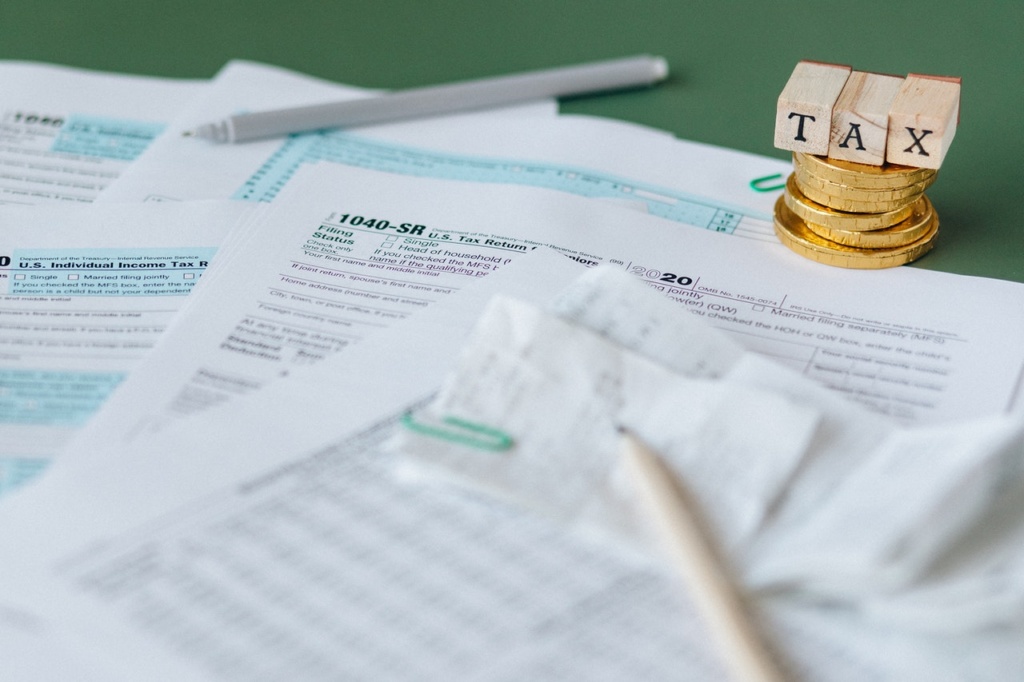
Image from Pexels
A cash-out refinance might be eligible for mortgage interest tax deductions so long as you’re using the money to improve your property. Some acceptable home improvement projects might include:
- Adding a swimming pool or hot tub to your backyard
- Constructing a new bedroom or bathroom
- Erecting a fence around your home
- Enhancing your roof to make it more effective against the elements
- Replacing windows with storm windows
- Setting up a central air conditioning or heating system
- Installing a home security system
In general, the improvements should add value to your home or make it more accessible. Check with a tax professional to see whether your project is eligible.
Is a cash-out refinance right for you?
Cash-out refinancing can be a good idea for many people.
Mortgages currently have among the lowest interest rates of any type of loan. The collateral involved — your home — means that lenders take on relatively little risk and can afford to keep interest rates low. This is especially true in today’s low-rate environment.
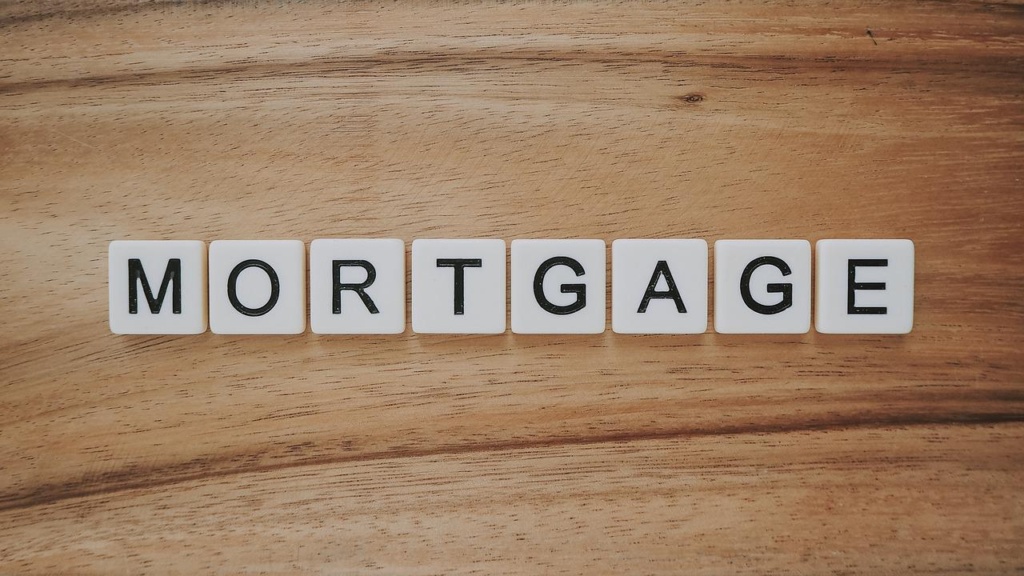
Image from Pixabay
That means that cash out refinancing is one of the cheapest ways to pay for large expenses. Most homeowners use the proceeds for the following reasons:
- Home improvement projects: Homeowners who use the funds from a cash-out refinance for home improvements can deduct the mortgage interest from their taxes if these projects substantially increase the home’s value.
- Investment purposes: Cash-out refinances offer homeowners access to capital to help build their retirement savings or purchase an investment property.
- High-interest debt consolidation: Refinance rates tend to be lower compared to other forms of debt like credit cards. The proceeds from a cash-out refinance allow you to pay these debts off and pay the loan back with one, lower-cost monthly payment instead.
- Child’s college education: Education is expensive, so tapping into home equity to pay for college can make sense if the refinance rate is much lower than the rate for a student loan.
Cash-out refinancing vs. home equity loan
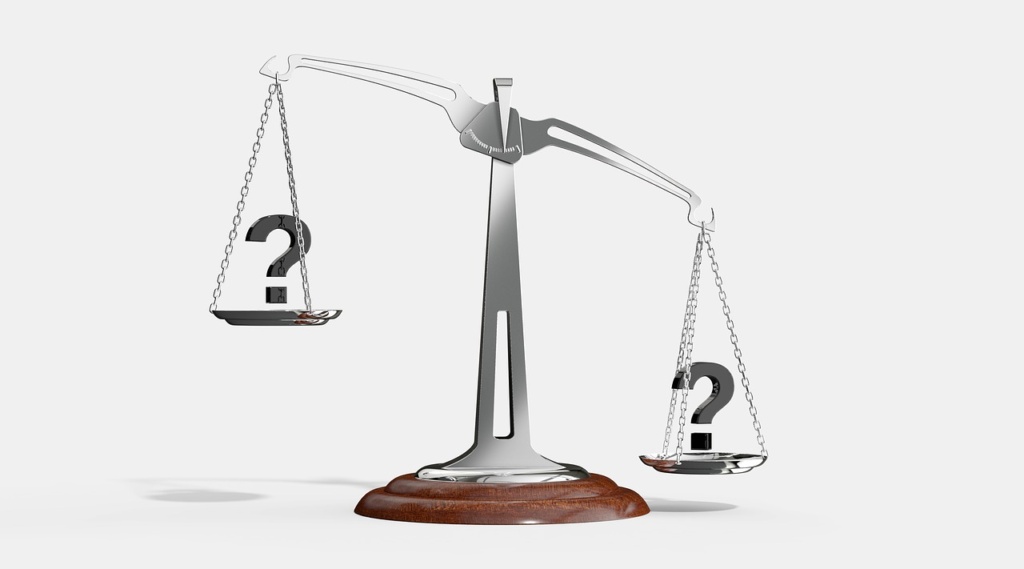
Image from Pixabay
Both a cash-out refinance and a home equity loan allow borrowers to tap their home’s equity, but there are some major differences. As noted, cash-out refinancing involves taking out a new loan for a higher amount, paying off the existing one and obtaining the difference in cash. A home equity loan, in contrast, is a second mortgage — it doesn’t replace your first mortgage — and can sometimes have a higher interest rate compared to a cash-out refinance.
Alternatives to cash-out refinancing
In addition to a home equity loan, consider these other options:
HELOC
A home equity line of credit, or HELOC, allows you to borrow money when you need to with a revolving line of credit, similar to a credit card. This can be useful if you need the money over a few years for a renovation project spread out over time. HELOC interest rates are variable and change with the prime rate.
Personal loan
A personal loan is a shorter-term loan that provides funds for virtually any purpose. Personal loan interest rates vary widely and can depend on your credit, but the money borrowed is typically repaid with a monthly payment, like a mortgage.
Reverse mortgage
A reverse mortgage allows homeowners aged 62 and up to withdraw cash from their homes, and the balance does not have to be repaid as long as the borrower lives in and maintains the home and pays their property taxes and homeowners insurance.
Learn more:
- Mortgage refinancing resources
- Best cash-out refinance lenders
- How to choose the right kind of refinance for you
- How to get equity out of your house

ZACH WICHTER
Mortgage reporter
Zach Wichter is a mortgage reporter at Bankrate. He previously worked on the Business desk at The New York Times where he won a Loeb Award for breaking news, and covered aviation for The Points Guy.












